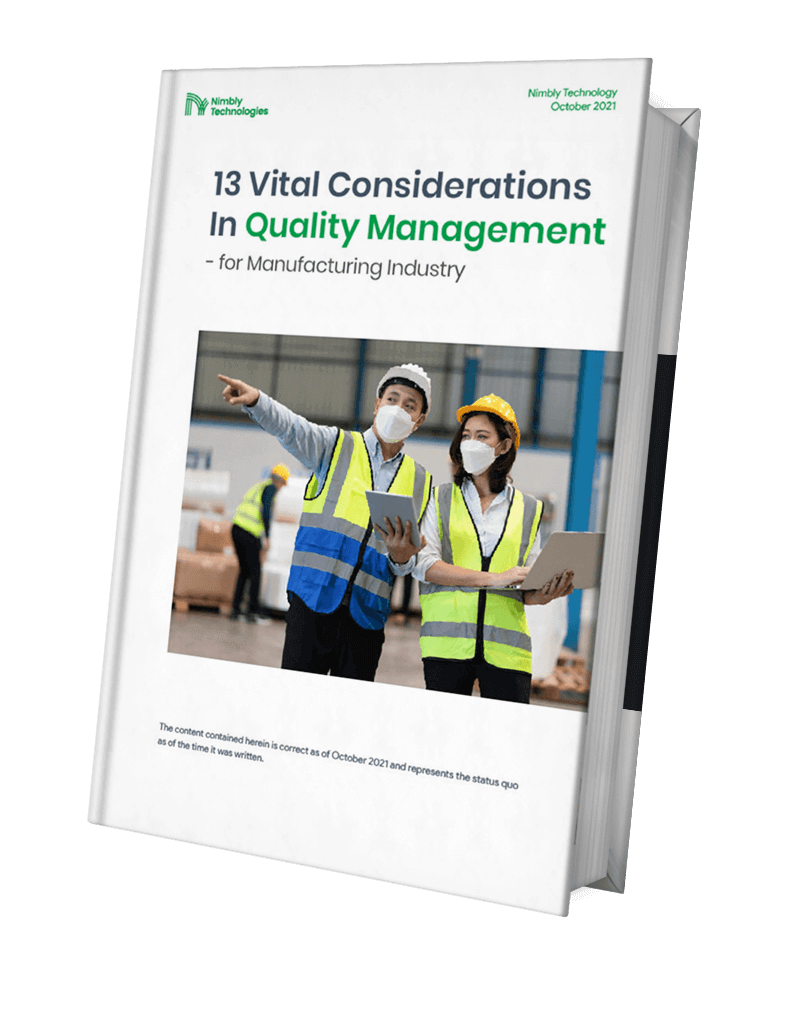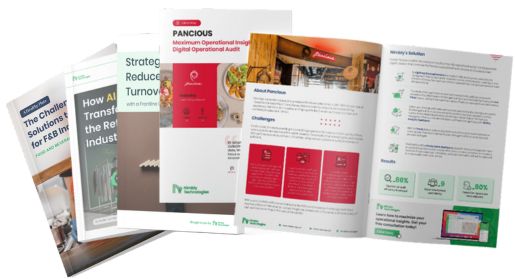

The performance of a business or a company is dependent on how it utilizes and allocates budget and spending. Operational costs can pile up, therefore knowing what each of these costs are is imperative. Here we discuss one such cost - manufacturing overhead cost.
In a business, there is a cost for the production of goods or services, but there is also a cost outside of it: the manufacturing overhead cost. It is the sum of all the indirect costs incurred when it comes to the manufacture of a product. This include costs that are not inventorable such as:
As it is outside of the direct costs of production, it is crucial that companies pay attention to indirect costs such as manufacturing overhead costs to ensure operations run smoothly and accordingly.

To calculate manufacturing overhead cost of your business, there is a certain formula to use.
First, sum up the monthly overhead expenses, then divide them by the monthly sales.
For example, imagine that your overhead expenses are $5,000, you then divide that number by your sales, which are, say, $50,000. You would get 0.1 from that calculation, and you would need to multiply it by 100 to find that your monthly overhead expenses were 10% of your monthly sales.
The result will show how much you spend on overhead expenses compared to the profit earned. The smaller the percentage, the better for your business.
Alternatively, you can also share the burden of your overhead cost with several areas of your business, such as product unit, raw material cost, labor cost, labor working hours, and machine working hours. You can use the same formula, although with different numbers and results.
Calculating the manufacturing overhead cost allows you to see how your allocated budget is being used for your business operations. Knowing your expenses would allow you to monitor and control your business’s budget more efficiently.
There are three steps to calculating manufacturing overhead cost.
Firstly, set the overhead budget by using the company’s capacities as the foundation. Then, choose the products or areas for the overhead cost burden to be shared, as mentioned above. Finally, calculate the budget for overhead costs.
There are three capacities that are used to predict overhead cost as the foundation to make the budget. Those capacities are theoretical capacity, which is the ability for a manufacturer to make products at maximum pace in a certain amount of time, normal capacity, and expected real capacity.
Moreover, normal capacity is a manufacturer’s ability to produce and sell its products in the long run. Then, the last capacity is the real capacity that is expected to come true in the future.
The manufacturing overhead cost can be divided into three types based on the expenses: fixed expense, variable expense, and semi-variable expense. Each of those types has its own characteristic and examples.
A fixed expense is a monthly expense that has to be paid by a company, and the cost is not changed whether the company gains more profit or less from it in that month. Some examples of fixed expenses are rental costs, assets like office tools and vehicles, salaries, company insurance, and legality.
In contrast, a variable expense can change according to a company's business activity. The overhead cost would be higher if a company has more activities in a month compared to the previous month. Telephone bills, marketing, office maintenance, and delivery cost are some examples of it.
Lastly, a semi-variable expense is the combination of the two previous expenses. Sometimes the cost is fixed, other times it is changed for whatever reasons. This kind of expense can be found in the cost of ink, which is used each month differently.

Calculating the manufacturing overhead cost of your business can be tiring and cause a headache, especially when done manually. Adopting a solution that can help you automate and simplify business processes in your manufacturing and production operations can be beneficial for your company. Get real-time data driven insights from Nimbly and make impacting business decisions using our simplified solution. Request for a free consultation to find out more.
